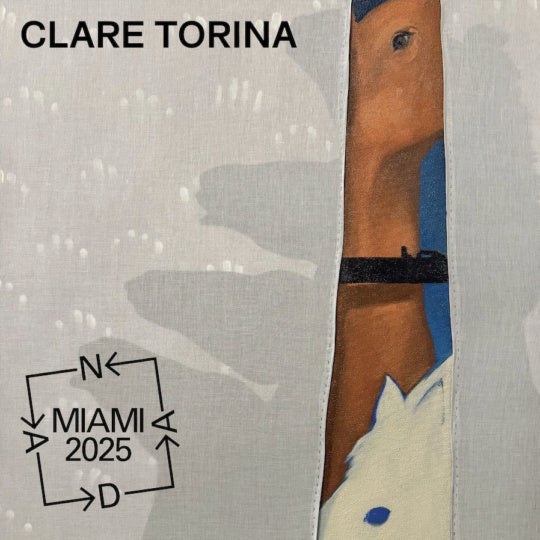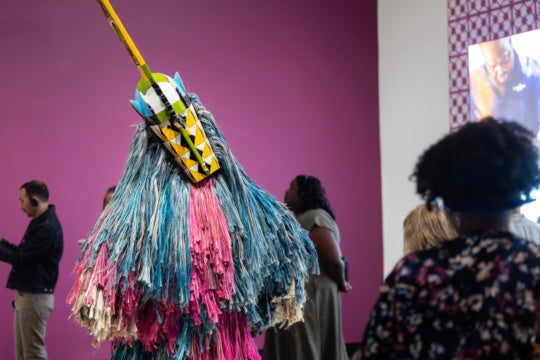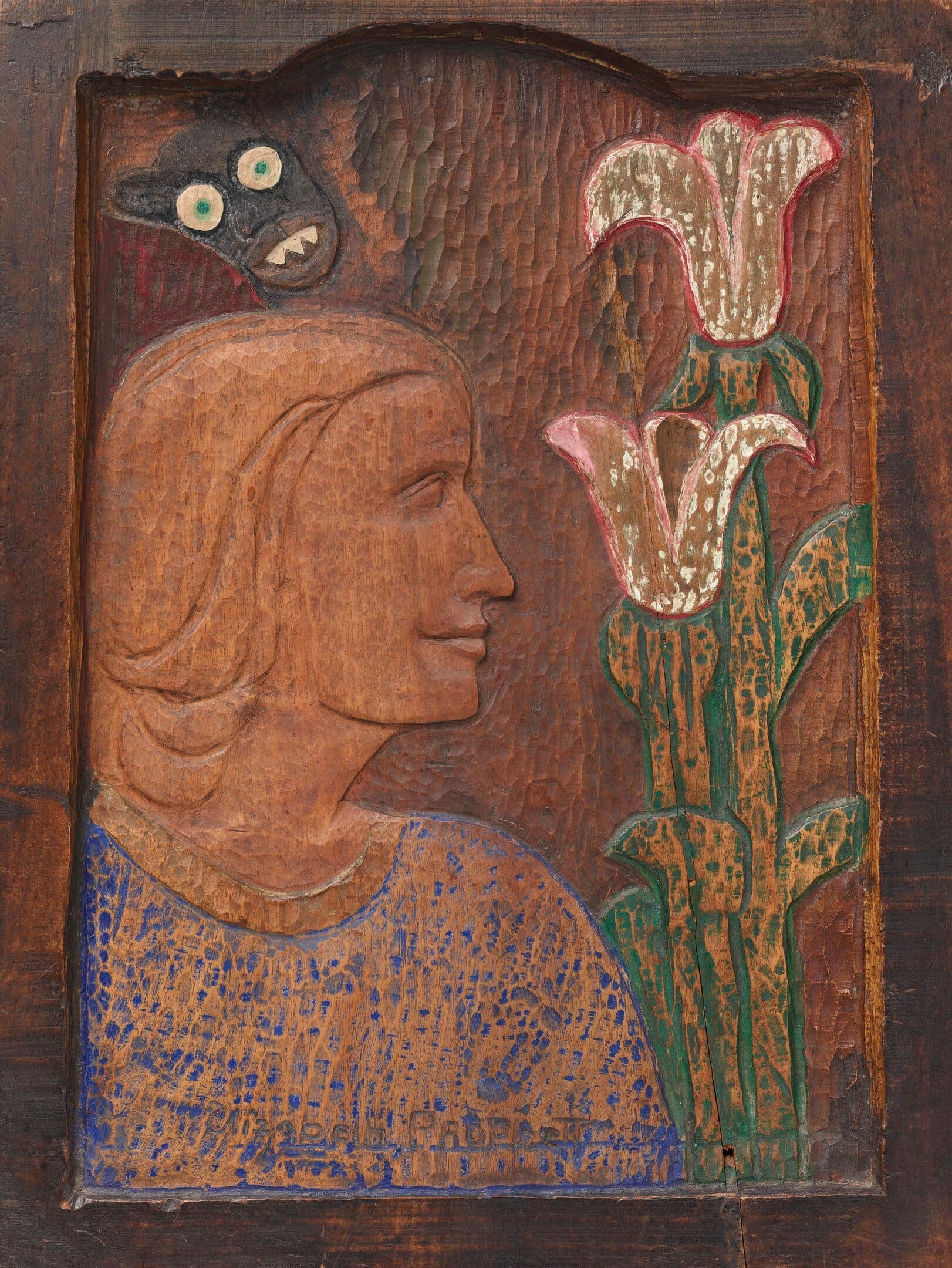
Chance seemed to militate against my path and Kojo Griffin’s crossing for what feels, in retrospect, like a weirdly long time. I first saw his work — those unnerving drawings juxtaposing anthropomorphic animals that now strike me as adults doing adult things while wearing their kids’ clothing and critterish Halloween masks — in the early Oughts. Back then the annual Art Papers Art Auction had City Gallery East (now called Ponce City Market) as its setting. Griffin’s work was on the short list of things I wished I could carry home with me, but they were fought over with dollars, as I recall. Later, though we had a close friend in common we still went long unintroduced. Now, neither of us can recall our actual first meeting, but a recent random encounter on MARTA (just before which he had been reading Césaire and I had been reading Dalí) led to our talking together in the StoryCorps booth. Chance, it seems, has at last relented in the case of our friendship.
Listen in as we talk about the meaning behind his early work, shifting gears as an artist, teaching, and “the nature of black presence in art.”

BURNAWAY’s audio program is supported in part by Georgia Council for the Arts through the appropriations of the Georgia General Assembly. Georgia Council for the Arts also receives support from its partner agency, the National Endowment for the Arts.





